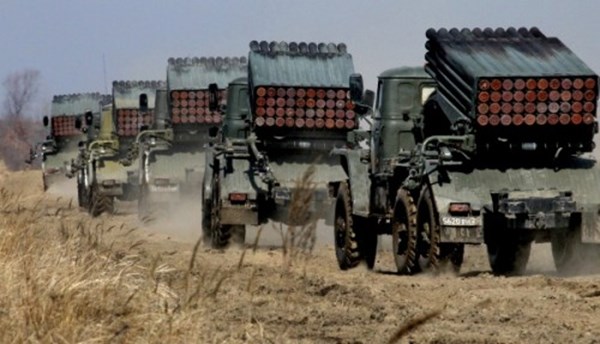Russia not getting paid for arms shipments
Russia has started making arms shipments without receiving payment due to the US sanctions that prohibit dollar transactions for Russia’s defense-related export company, Rosoboronexport, finanz.ru reports.
The Russian Federal Customs Service’s (FCS) final statistics for 2018 appear to indicate that some of Russia’s weapons are being sold abroad for free, according to a review by Raiffeisen Bank analysts.
By the end of the year, Russia’s export revenue had grown by 25.8% to $443 billion, which is nearly entirely due to the jump in the prices of oil, gas, and oil products, which account for two thirds of the Russian economy’s earnings.
Physically, the country’s exports grew by a total of 4.8%, with machines and equipment contributing the most (2 percentage points).
In this category, which includes military equipment, the FCS recorded an 11.1% increase in export shipments. However, paradoxically, these shipments yielded virtually no additional revenue.
“The significant growth in the sale of machines and equipment (especially in conjunction with the significant decline in the export prices for them) looks unusual. One possible explanation is that the equipment, especially the military equipment, is being delivered at low prices or even for free,” Raiffeisen Bank concludes.
Rosoboronexport has been under US sanctions since November 2017. Since the start of January last year, the US Treasury Department has had the right to impose sanctions on any organizations that are involved in “significant deals” with the Russian defense-industry complex. This includes both the buyers and the banks that facilitate the transactions.
At the start of 2018, the US State Department estimated that the US had managed to block 20% of Rosoboronexport’s deals (approximately $3 billion worth).
Over the course of the year, the effect of the sanctions grew more intense. India, which was the world’s largest buyer of Russian weapons in the 2000s, stopped paying Rosoboronexport for its active contracts and refused to sign new ones, for example, to buy fighters and S-400 aerial defense systems.
Payments from the Indian government stopped arriving in April 2018, a source in the Russian defense-industry complex told Vedomosti. Indian banks started blocking the transactions out of fear of falling under secondary sanctions, which the Countering America’s Adversaries Through Sanctions Act (CAATSA) stipulates for all parties involved in dealings with Rosoboronexport, even indirectly.
Russia did not receive a cent for the eleven Su-35 fighter jets it sold to Indonesia. Due to the sanctions, Russia had to agree to receive batches of palm oil, crumb rubber and other Indonesian goods in exchange for the fighters, which are the closest thing Russia has to 5th generation aircraft.
According to Jane’s, in 2018 Russia earned $8.48 billion from weapons sales, coming second only to the US ($32.75 billion). By 2020, Jane’s predicts that Russian weapons will lose roughly 17% of their current market share, with sales falling to $6.85 billion. Russia could lose its position as the
world’s second largest weapons exporter to France, whose earnings could grow to $6.96 billion by selling Rafale fighters to India and Qatar, and due to the increased demand for helicopters.
